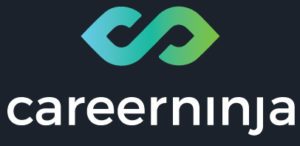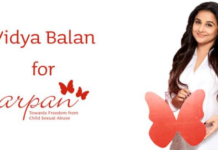One of the fastest-growing professions in the 21st century, web development can simply be defined as the building and maintenance of websites for hosting via the internet or the intranet (a private network).
It’s all about creating web pages (websites) or applications (such as Amazon or Facebook) that run in a web browser. Web development often involves learning several programming languages, frameworks, databases, etc. as different websites and apps use different technologies and have different functionalities.
Web development is broadly classified into front-end development (client-side – the face of the web page that the user interacts with) and back-end development (server-side – the computational logic behind a website or an app).
Now that we’ve answered ‘what is web development’, let’s take a look at what web developers do.
A web developer builds and maintains websites keeping the client and the target audience in mind. Their job role involves designing and developing basic website layouts and advanced interactive website features. The end design needs to include products and services.
While some developers can build the back end of a site, some others add usability and functionality to the website. To put it simply, there are 3 main types of web developers-


1. Front-End Developer
The front-end developer codes the front-end of a website. They work on the client-side of the website. Basically, they code what you see on a web page when you go to it. Front-end developers focus on the user.
From clickable menus to positioning certain elements like fonts on the page, front-end developers strive to make the website visually appealing and user-friendly.
Primary programming knowledge needed – HTML, CSS, Javascript
Best suited for – The creative thinker
Job Focus – How things LOOK
Front-end web developer salary range:
Fresher – 264,607 INR annually (Source: Payscale.com)
Mid-career Salary – 447,115 INR annually (Source: Payscale.com)
2. Back-End Developer
The back-end developer is the programming brains behind the scenes. Their back end code adds utility to everything the front-end developer creates.
Back-end developers work on the server-side. They aren’t focused on how the site looks visually.
For instance, for an e-commerce website, the back-end developer provides data such as the price of the products, utilization of coupon codes, and credit card transactions so you can actually buy an item.
They work with frameworks, databases and servers.
Primary programming knowledge needed – Python, .NET, Ruby on Rails, Java, and PHP
Best suited for – The logical thinker
Job Focus – How things WORK
Back-end web developer salary range:
Salary of Fresher – 387,655 INR annually (Source: Payscale.com)
Mid-career Salary – 754,866 INR annually (Source: Payscale.com)


3. Full-Stack Developer
A full-stack developer is incredibly versatile. They understand how every part of the web development process takes place. They can guide on strategy and best practices.
Only those who have the capacity to learn multiple programming languages can become successful full-stack developers.
Primary programming knowledge needed – Same as front-end and back-end, but combined!
Best suited for – The creative and logical thinker
Job Focus – Jack of all, master of none
Full-stack web developer salary range:
Salary of Fresher – 600,000 INR annually (Source: Payscale.com)
Mid-career Salary – 12,00,000 INR annually (Source: Payscale.com)
Now that we know what web developers do, let’s take a look at a day in the life of a web developer!
A web developer’s life is far from routine because they solve problems as they arise.
The first half an hour in office is usually spent checking emails and replying to them. After that, they look for errors and bug reports to see if any issues cropped up.
In most agencies, web developers hold a team meeting which doesn’t last more than 45 minutes. In this meeting, they discuss ongoing projects, brainstorm ideas, talk about what they did the day before and make sure they are on track as a team.
After the meeting, they focus on their current projects. This might include programming and developing a company or client’s website or taking a few hours to implement new platforms and functions. They collaborate with the content creation and graphic design teams to review the web content, layout, and usability. This is how the better part of their day passes.
At the same time, they also check if there are any server-side issues with the websites they are working on that need attending to.
Web developers also need to stay on top of the latest trends. Most developers even spend 30-45 minutes every day researching new technologies and tools that could improve the way they develop sites.
To sum it up, there are two primary types of web developers and both these types are crucial for developing and running websites successfully. You can’t have one without the other, or you’ll likely end up with a website that feels half-complete at best, and utterly broken at worst!
Want to know more? Click here to read about the Pros and Cons of Web Development as a career!

































[…] village. It has now become imperative for businesses to have a digital presence. This has led to web development becoming one of the hottest career options of the 21st century all over the world, including […]